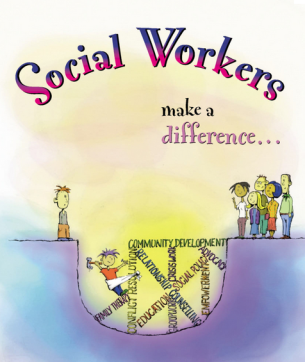 “The early detection of children who are showing psychiatric symptoms or are at the risk of a mental disorder is crucial, but introducing “mental health checkups” as part of health care in schools is not altogether simple,” says David Gyllenberg, MD, whose doctoral dissertation “Childhood Predictors of Later Psychotropic Medication Use and Psychiatric Hospital Treatment – Findings from the Finnish Nationwide 1981 Birth Cohort Study” was publically examined at the University of Helsinki on 13 April 2012.
“The early detection of children who are showing psychiatric symptoms or are at the risk of a mental disorder is crucial, but introducing “mental health checkups” as part of health care in schools is not altogether simple,” says David Gyllenberg, MD, whose doctoral dissertation “Childhood Predictors of Later Psychotropic Medication Use and Psychiatric Hospital Treatment – Findings from the Finnish Nationwide 1981 Birth Cohort Study” was publically examined at the University of Helsinki on 13 April 2012.
In Gyllenberg’s study, the mental wellbeing of nearly 6,000 Finnish children of the age of eight was charted through a survey carried out in 1989. After this, the use of psychotropic medication and psychiatric hospital periods of the same children from the age of 12 to 25 was followed up.
Both the use of psychotropic drugs and need for psychiatric hospital treatment were linked with symptoms reported in the survey carried out at the age of eight. Symptoms of depression at this age were linked to later treatment of depression both with boys and girls, while a non-intact family background was linked with a range of psychiatric care required in the teens or early adulthood for both sexes.
However, the predictive value of many factors differ between girls and boys. While the strongest factor for girls to predict later use of psychotropic medication and need for psychiatric care were symptoms of depression and anxiety shown in childhood, for boys, the most salient predictors were behavioural problems such as acting out, aggressive behaviour and stealing.
“Boys showed symptoms directed towards their environment while girls showed more introverted symptoms,” says Gyllenberg.
Gyllenberg’s study also showed that by the age of 25, 15 per cent of those participating in the survey had taken some kind of psychotropic drug, and 12 per cent had taken antidepressants.
The strong link between psychiatric symptoms displayed in childhood and later use of psychotropic drugs and psychiatric care supports the findings of previous research. A new finding in this particular study was how predictive factors differ between boys and girls.
“If future research supports these findings and an element of mental health screening is made part of health checkups at school, employing sex-specific criteria should be considered,” Gyllenberg says.
Gyllenberg stresses that a systematic mental health screening at schools is something that has to be very carefully considered and they should be strictly based only on solid scientific research. It is crucial that such screenings do not lead to stigmatisation or become a self-fulfilling prophecy.
“However, in order to prevent children’s and young people’s severe mental disorders, we should be able to identify those at risk in time. This, again, would naturally necessitate a functioning support and care system to take care of them,” Gyllenberg adds.
Source: http://www.medicalnewstoday.com/releases/244117.php
Like this:
Like Loading...
 Caffeine is the most widely used behaviorally active drug in the world and is present in many different types of beverages, foods, energy aids, medications, and dietary supplements. Because caffeine ingestion is often integrated into social customs and daily rituals, some caffeine consumers may be unaware of their physical dependence on caffeine. It is estimated that more than 85% of adults and children in the US regularly consume caffeine.
Caffeine is the most widely used behaviorally active drug in the world and is present in many different types of beverages, foods, energy aids, medications, and dietary supplements. Because caffeine ingestion is often integrated into social customs and daily rituals, some caffeine consumers may be unaware of their physical dependence on caffeine. It is estimated that more than 85% of adults and children in the US regularly consume caffeine.

















